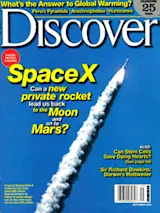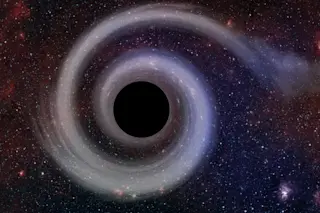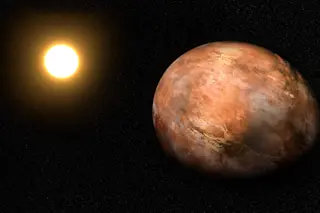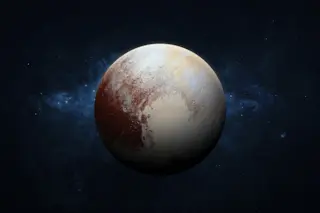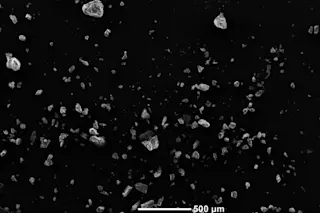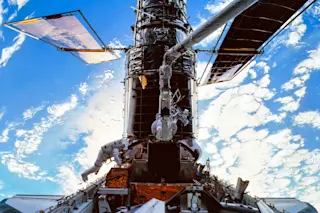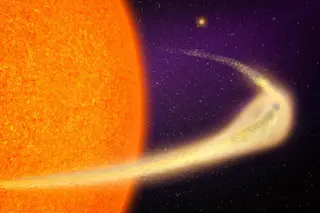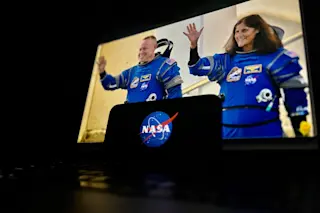Can a rocket be cute?
On a sparkling morning at Vandenberg Air Force Base on the California coast, the answer is clearly yes. All around are towering launch-pad gantries that have sent dozens of big, expensive, aggressively not-cute rockets skyward since 1958. But rising out of the base’s lupines and sage is a plain, white “event tent”—one that would look more natural at a bar mitzvah than here at big-league rocketry’s West Coast headquarters. And inside, lying on a semitrailer, is Falcon I.
At 70 feet, it is barely one-fifth the length of a Saturn V, the rocket that propelled Apollo astronauts to the moon. Technicians could straddle the hull, which is five and a half feet in diameter, like Slim Pickens riding the nuke in Dr. Strangelove or: How I Learned to Stop Worrying and Love the Bomb. While most rockets have three or four stages, this one has ...


